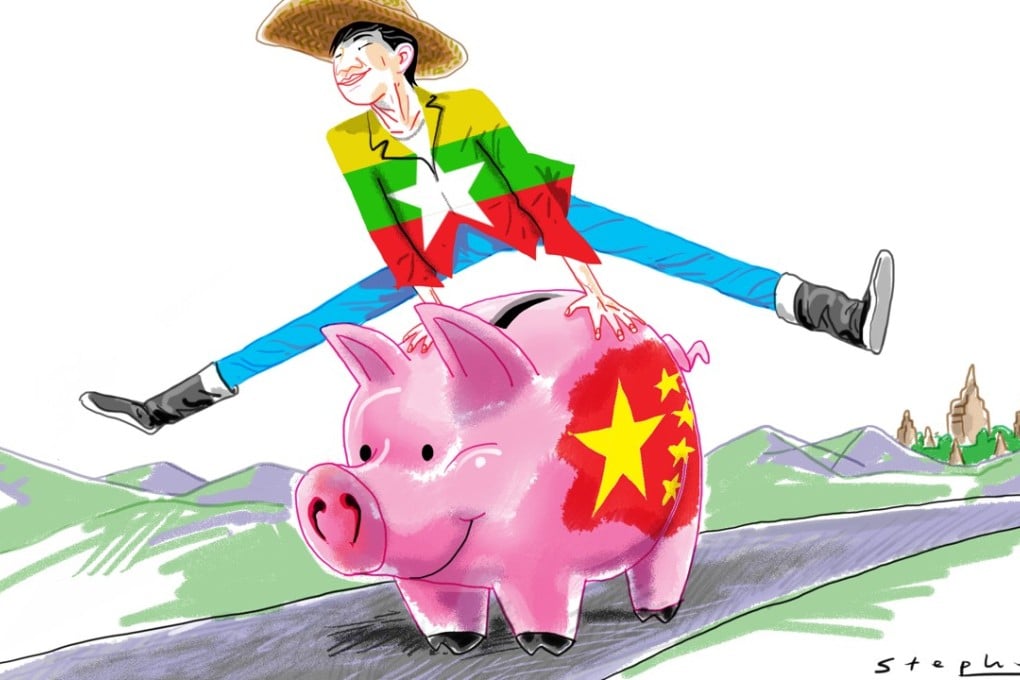Advertisement
Opinion | Far from a ‘debt trap’, China’s belt and road allows countries like Myanmar to leapfrog poverty
Andre Wheeler says Western critics overlook the holistic and long-term benefits that China’s multilateral infrastructure investment programme brings to countries like Myanmar. What’s more, they aren’t offering any alternatives
Reading Time:4 minutes
Why you can trust SCMP

A plethora of articles have discussed the risks associated with China’s Belt and Road Initiative. The discussion is often portrayed within a “winners versus losers” framework, focusing on the divisive nature of the project.
On Myanmar, for example, commentary has become increasingly vitriolic about security and sovereignty threats. This is evident in the concerns raised by the recently announced China-Myanmar economic corridor.
Criticism includes claims that China is deliberately destabilising the northern parts of the country marred by civil unrest. More cynically, some say Beijing is manipulating the Rohingya crisis to secure the Kyauk Phyu special economic zone precinct. Similar comments have been made about North Korea, with claims that China is trying to derail any progress in talks there; but these claims unravel when evidence is sought.
Advertisement
Such claims also undermine any meaningful debate around the risks associated with allowing China to build and participate in essential infrastructure development within Myanmar and other belt and road participants. And it could be argued that the initiative should be viewed as a win-win.
Watch: Belt and Road Summit highlights
Advertisement
Select Voice
Choose your listening speed
Get through articles 2x faster
1.25x
250 WPM
Slow
Average
Fast
1.25x
